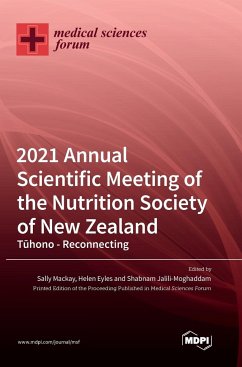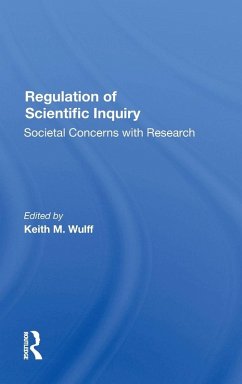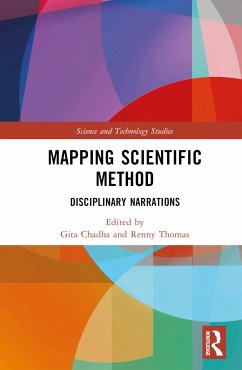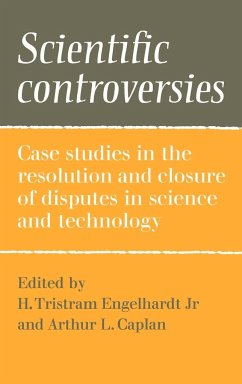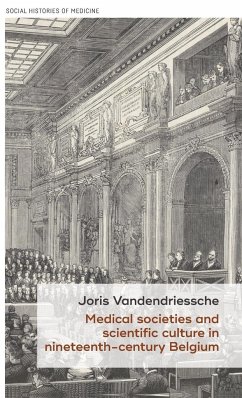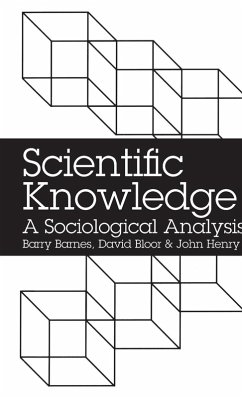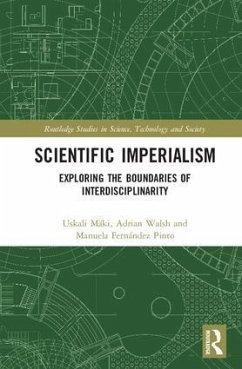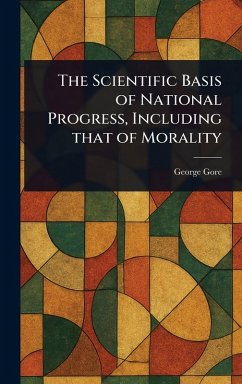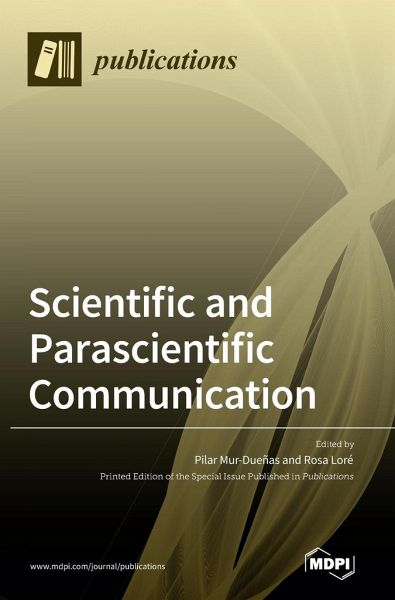
Scientific and Parascientific Communication
Versandkostenfrei!
Versandfertig in 1-2 Wochen
56,99 €
inkl. MwSt.

PAYBACK Punkte
28 °P sammeln!
There is an increasing need for scholars and scientists to not only conduct research that has a significant impact on society but also to communicate that research widely. Such research outreach also contributes to engaging wide, diverse audiences. As such, the discursive practices have become more and more complex, multimodal, and multimedia-based for scholars and scientists. Scientific communication is currently shared to a great extent with peers in technology-mediated contexts, which allows formal scientific publications to be opened to public viewing. Alongside this so-called "primary out...
There is an increasing need for scholars and scientists to not only conduct research that has a significant impact on society but also to communicate that research widely. Such research outreach also contributes to engaging wide, diverse audiences. As such, the discursive practices have become more and more complex, multimodal, and multimedia-based for scholars and scientists. Scientific communication is currently shared to a great extent with peers in technology-mediated contexts, which allows formal scientific publications to be opened to public viewing. Alongside this so-called "primary output" (Puschmann 2015), new ways, modes, and discourses are being used to bring science closer to a lay audience and promote citizen participation. The affordances of existing and emergent platforms are fostering a change in audience roles, and with it, the erosion of boundaries between scientific communities and the general public, entailing the dissemination of scientific information and knowledge beyond the former (Trench 2008).We are thus witnessing the development of discursive practices which may be referred to as instances of "parascientific communication". These practices transcend previously well-delimited communities and spheres of communication. Parascientific genres are evolving based on authoritative or expert knowledge (communicated through conventional, sanctioned scientific genres) but not subjected to the filters of internal, formal science communication (Kelly and Miller 2016). This Special Issue seeks to gain a better understanding of the purposes and specific features of these new scientific communication practices.



